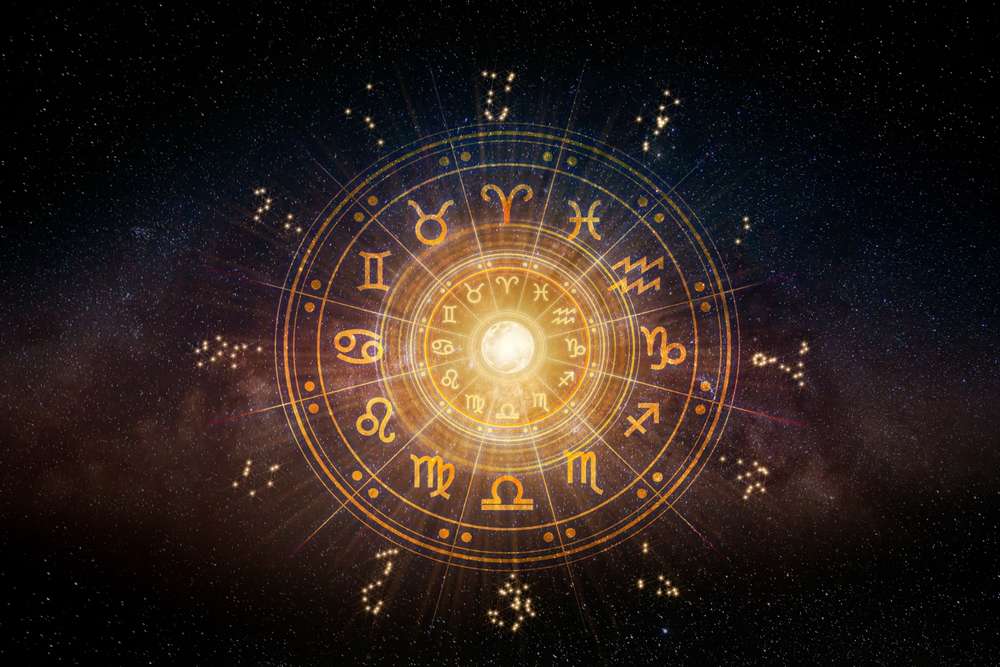Horoscope: Understanding Signs, Stars, and Planets
A horoscope is a chart or forecast based on the positions of celestial bodies at a particular time, commonly used to interpret personality traits or suggest possible trends in life. While many people read daily or weekly horoscopes linked to their sun sign, a fuller astrological picture comes from a natal chart that maps the zodiac positions of the sun, moon, and planets at birth.

What is a horoscope and how is it created?
A horoscope typically refers to an astrological chart and a written interpretation derived from it. Traditionally, an astrologer calculates the positions of the sun, moon, and planets for a specific moment (for example, a birth time) and maps those positions onto the zodiac wheel. Interpretations draw on houses, aspects (angles between planets), and sign placements to suggest personality tendencies or timing for events. Many modern horoscopes simplify this process into sun-sign forecasts, which offer broad guidance but do not capture the detail of a full natal chart.
How does the zodiac shape astrological readings?
The zodiac is a 12-part division of the sky, each segment associated with a sign (Aries through Pisces) and distinct characteristics. In astrology, the zodiac serves as the reference frame for placing planets and points like the ascendant. Two common zodiac systems are tropical (used in Western astrology) and sidereal (used in some Eastern traditions); they differ because of the Earth’s axial precession, which shifts the background constellations over millennia. The zodiac’s signs influence interpretations by coloring how a planet’s energy is expressed, but meaningful readings typically combine multiple placements rather than rely on a single sign.
What role do planets play in astrology?
Planets are central in astrological interpretation because they represent different drives or functions — for example, Mercury for communication, Venus for values and relationships, Mars for assertion and energy, and so on. Astrologers study planetary positions by sign, house placement, and aspects (conjunctions, squares, trines, oppositions) to assess interaction between areas of life. Planetary transits (current planet movements relative to natal placements) and progressions (symbolic advancement of natal points) are techniques used to understand timing or change. In modern practice, both classical and outer planets (Uranus, Neptune, Pluto) are included for generational and transformative influences.
How are stars considered in horoscope practice?
Stars in astrology fall into two main categories: the visible constellations that form the zodiac and fixed stars that lie outside the moving planets. Contemporary horoscopes largely focus on planets and zodiac signs rather than individual stars, but some traditions and specialized astrologers use fixed stars or star lore to add nuance. It’s important to distinguish astrology’s symbolic use of stars and constellations from astronomy, the scientific study of stars and other celestial objects. Astronomy informs how we calculate positions, but astrology applies symbolic meanings that are not validated by empirical astronomy.
How can astrology and horoscopes be used in daily life or local services?
People consult horoscopes and astrologers for many reasons: reflection, decision context, relationship insights, or timing of events. Local services such as professional astrologers, astrology workshops, or community meetups can offer personalized natal chart readings, transit forecasts, or learning sessions. When seeking an astrologer in your area or online, look for clear methodology, sample readings, and transparent pricing. Keep in mind that astrology is interpretive: it can help frame options and prompt self-reflection, but it should not replace professional advice in legal, medical, or financial matters.
Conclusion
Horoscopes are a method of interpretation that links the positions of the sun, moon, planets, and zodiac to symbolic meanings used for personality insight and timing. A simple sun-sign horoscope captures broad themes, while a natal chart gives a more detailed and individualized view by combining houses, planetary placements, and aspects. While astrology remains culturally significant and personally meaningful for many, it differs from scientific disciplines in method and validation. Approaching horoscopes with curiosity and critical thinking allows you to gain perspective without treating astrological statements as definitive predictions.






